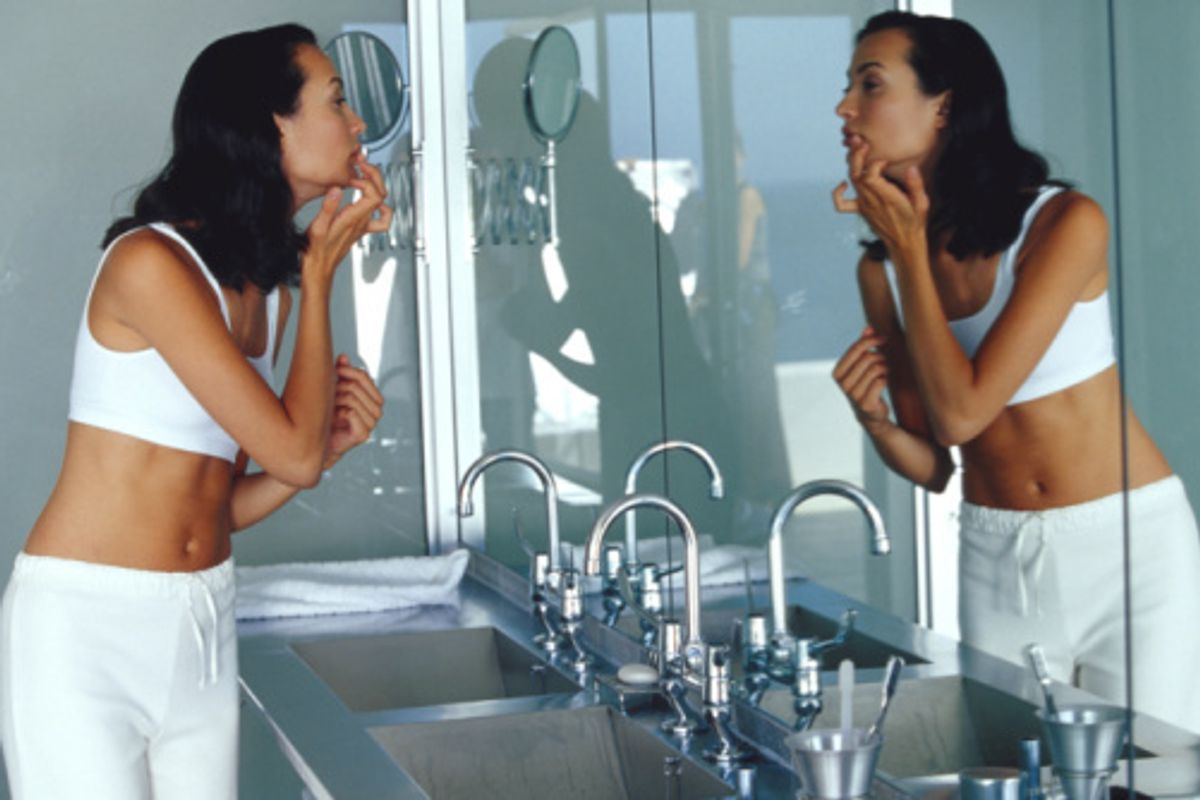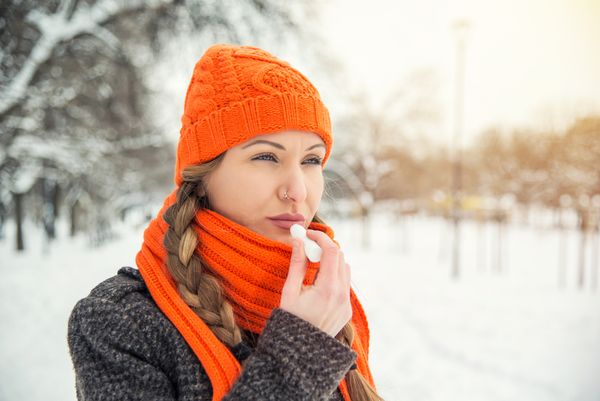1) Using the same pillowcase night after night
As you sleep, bacteria from your eyes, nose and ears and oil from your hair gather on your pillowcase. This is unavoidable, even if you diligently wash your face every night. The bacteria that gather can stick to your skin causing breakouts.
The Solution: Change your pillowcase once every week to avoid bacteria buildup.
2) Never cleaning your phone
Holding a cell phone against your cheek is second nature, but when was the last time you cleaned your phone? If you have constant breakouts on the sides of your face or near your mouth, your phone could be the culprit. A recent study out of London revealed that bacteria were found on 92 percent of the examined cell phones and 16 percent also had E. coli bacteria.
The Solution: Wipe your phone with alcohol wipes as often as you need to. This is especially important when have been in a public place touching multiple surfaces or are already suffering from a breakout.
3) Applying facial products with your fingers
Each time you dip your fingers into your container of night cream or tub of body butter you are adding bacteria to the mixture. Those transferred germs can grow and multiply, causing you to break out when you apply your favorite products to your skin.
The Solution: Never dip your fingers into a jar of product. Use a clean cotton swab to dip and apply. Don't double dip the cotton swabs. You can also try to buy products that come in pump containers, which are not as easily contaminated.
4) Failing to clean your makeup brushes
Dirty makeup brushes are a big cause of breakouts. You use them daily, and if they aren't clean, whatever you had on your face yesterday (and the days before) and whatever is floating around your bathroom or bedroom goes straight from your brushes to your face.
The Solution: Brushes that you use for foundation, concealer, blush and bronzer should be washed once a week with very gentle soap and water or a brush cleanser. Brushes that you use on your eye area can be washed twice per month. Massage a pea-size amount of cleanser into the bristles with lukewarm water. Then, rinse the bristles and gently squeeze excess water out with a towel. Lay the brushes flat to dry, never upright, which allows the water to seep into the handle and dissolve the glue that holds the bristles. For quick disinfecting between washes, you can keep a spray bottle of witch hazel (this can be found at most health stores) nearby to spritz on your brushes.
5) Rushing your routine
Most of us are guilty of speeding through our nightly cleansing routine. One quick scrub with facial cleanser should cover it, right? If you're breaking out, chances are you're leaving makeup behind when you wash. Leftover makeup can clog pores and prevent your skin from shedding dead cells and producing natural, beneficial oils while you sleep.
The Solution: Take your time and pay attention to what you see on your washcloth. If you run through your normal cleansing routine and still see makeup on your cloth, you're not doing enough. Your normal cleanser may not be doing the job. Use an oil-free makeup remover to get the surface stuff off first, then deep clean by massaging cleanser onto your face and rinsing everything clean. Once or twice per week use a facial brush like those from Olay or Clarisonic to exfoliate and really clean out your pores.
You may also want to read:
Skin Health
Healthy Skin Dos and Don'ts
The Surprising Secret to Glowing Skin
Bethany Porter is a blogger and beauty junkie. She believes in healthy living and that women have powerful potential for beauty both inside and out.







